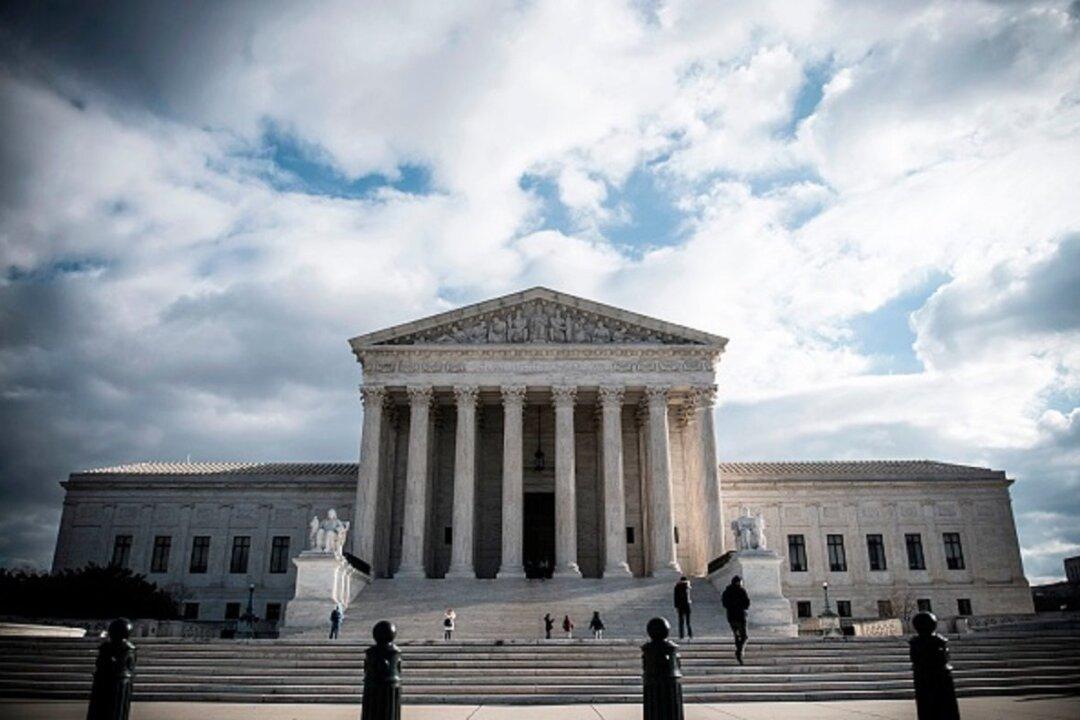WASHINGTON—The Supreme Court, approaching the end of its current term, is due to issue rulings in the coming days in major cases including the Trump administration’s bid to add a citizenship question to the 2020 census and efforts by voters to curb the partisan manipulation of electoral district boundaries.
The court, which has a 5–4 conservative majority, has 12 cases left to decide during its current term, which began in October and is expected to conclude by the end of June, with some rulings scheduled to be issued on June 24.





